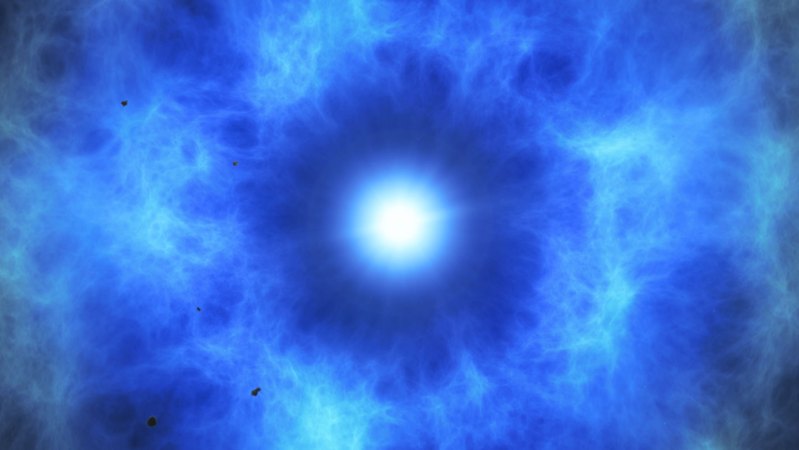
An unprecedented image has captured the moment a dying star exploded twice, leading to the formation of a type Ia supernova. This discovery, made possible by the European Southern Observatory (ESO) at the La Silla Observatory in Chile, provides critical evidence supporting a previously unconfirmed theory about the origins of these powerful cosmic events.
The image reveals a star that underwent two distinct explosions before transitioning into a supernova. According to ESO researchers, this finding could significantly enhance the understanding of how type Ia supernovas occur, which are crucial for measuring cosmic distances. These explosions are among the most luminous events in the universe and are pivotal in the study of dark energy.
The research team, comprising astronomers from various institutions, utilized advanced imaging techniques to capture the dual explosion. This method allowed for precise observations of the star’s transformation over time. The findings were published in a study released in late 2023, marking a significant milestone in astronomical research.
Implications of the Discovery
The confirmation of this dual explosion theory offers new insights into the life cycle of stars. Type Ia supernovas are typically formed from white dwarf stars, which accumulate matter from a companion star until they reach a critical mass. This process leads to a single, catastrophic explosion. The new evidence suggests that some stars may undergo multiple explosive phases, which could redefine the understanding of stellar evolution.
Nicolas D. T. G. Morel, an astronomer involved in the study, stated, “This discovery challenges existing paradigms and opens up new avenues for research. Understanding the intricacies of supernova formation is essential for our knowledge of the universe.” The implications of this research extend beyond stellar studies; they could also impact the broader field of cosmology.
The findings have garnered attention from various scientific communities. NASA, which has been exploring supernova phenomena for decades, expressed enthusiasm for the potential advancements this research could bring. The understanding of type Ia supernovas is crucial for calibrating the cosmological distance ladder, a fundamental aspect of measuring the universe’s expansion.
Future Research Directions
Following this discovery, astronomers are poised to further investigate the mechanisms behind these dual explosions. Future observations will aim to identify other stars that may exhibit similar behaviors. The combination of ground-based telescopes and space-based observatories, such as the Hubble Space Telescope, will enable more comprehensive studies.
This breakthrough not only enriches the scientific community’s knowledge but also engages the public’s interest in astronomy. The visual representation of a star’s life cycle resonates with both scientists and enthusiasts alike, fostering a deeper appreciation for the complexities of the cosmos.
Overall, the image of the dying star and its unexpected dual explosion represents a significant advancement in the understanding of supernovas. As researchers continue to explore these findings, the potential for new discoveries in astrophysics remains vast, paving the way for future breakthroughs that could reshape our understanding of the universe.






